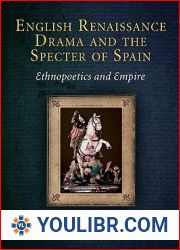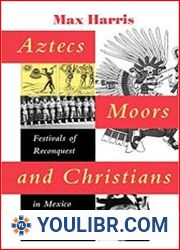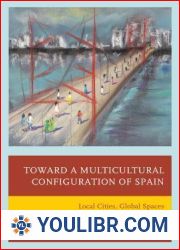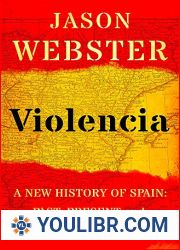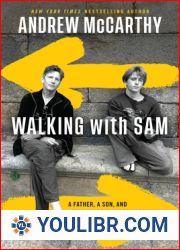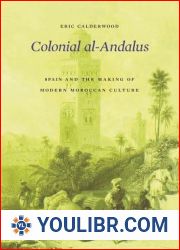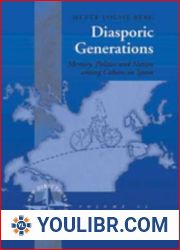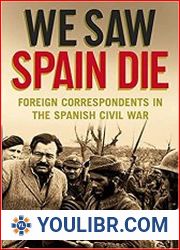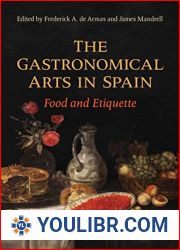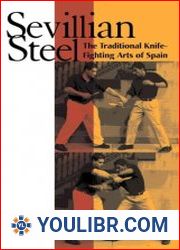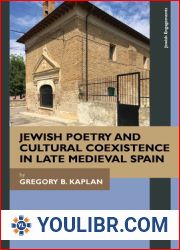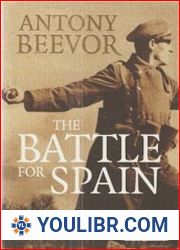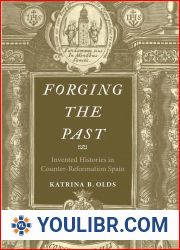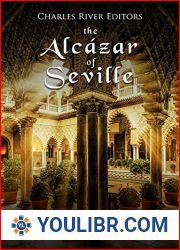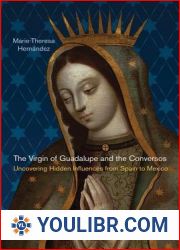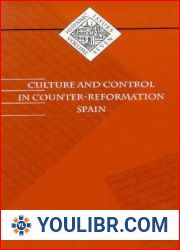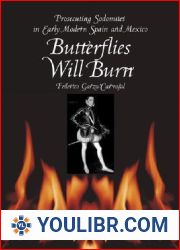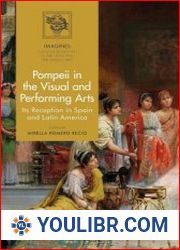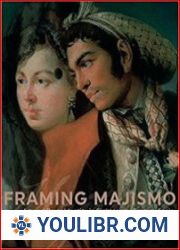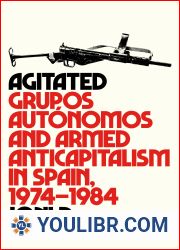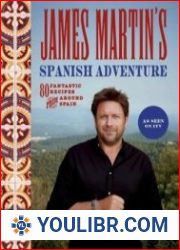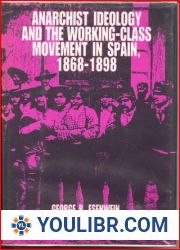
BOOKS - Columbus's Outpost among the Tainos: Spain and America at La Isabela, 1493-14...

Columbus's Outpost among the Tainos: Spain and America at La Isabela, 1493-1498
Author: Kathleen Deagan
Year: April 1, 2002
Format: PDF
File size: PDF 7.4 MB
Language: English

Year: April 1, 2002
Format: PDF
File size: PDF 7.4 MB
Language: English

Columbus's Outpost among the Tainos: Spain and America at La Isabela, 1493-1498 In 1493, Christopher Columbus led a fleet of seventeen ships and over twelve hundred men to found a royal trading colony in America, which he named La Isabela, after the queen of Spain. However, just five years later, the settlement was in ruins. Despite its failure, La Isabela remains an important historical site as the first place of sustained interaction between Europeans and the indigenous Tainos. In their book, Kathleen Deagan and Jose Maria Cruxent tell the story of this historic enterprise, drawing on their ten-year archaeological investigation of the site, along with research into Columbus's documents. They argue that La Isabela failed not because Columbus was a poor planner but because his vision of America was grounded in European experience and could not be sustained in the face of the realities of American life.
Columbus's Outpost among the Tainos: Spain and America at La Isabela, 1493 - 1498 В 1493 году Христофор Колумб возглавил флот из семнадцати кораблей и более двенадцати сотен человек, чтобы основать королевскую торговую колонию в Америке, которую он назвал La Isabela, в честь королевы Испании. Однако всего через пять лет поселение оказалось в руинах. Несмотря на неудачу, Ла-Исабела остается важным историческим местом как первое место устойчивого взаимодействия между европейцами и коренными таино. В своей книге Кэтлин Диган (Kathleen Deagan) и Хосе Мария Круксент (Jose Maria Cruxent) рассказывают историю этого исторического предприятия, опираясь на свои десятилетние археологические исследования места, наряду с исследованиями документов Колумба. Они утверждают, что La Isabela провалилась не потому, что Колумб был плохим планировщиком, а потому, что его видение Америки было основано на европейском опыте и не могло быть поддержано перед лицом реалий американской жизни.
Columbu's Outpost among the Tainos : Spain and America at La Isabela, 1493-1498 En 1493, Christophe Colomb a dirigé une flotte de dix-sept navires et plus de douze cents hommes pour fonder une colonie commerciale royale en Amérique, qu'il a nommé La Isabela, en l'honneur de les reines d'Espagne. Mais cinq ans plus tard, la colonie était en ruine. Malgré son échec, La Isabela demeure un lieu historique important en tant que premier lieu d'interaction durable entre les Européens et les Tainos autochtones. Dans leur livre, Kathleen Deagan et Jose Maria Cruxent racontent l'histoire de cette entreprise historique, en s'appuyant sur leurs recherches archéologiques de dix ans sur le site, ainsi que sur les documents de Colomb. Ils affirment que La Isabela n'a pas échoué parce que Colomb était un mauvais planificateur, mais parce que sa vision de l'Amérique était basée sur l'expérience européenne et ne pouvait pas être soutenue face aux réalités de la vie américaine.
Colón 's Outpost among the Tainos: España y América en La Isabela, 1493-1498 En 1493, Cristóbal Colón dirigió una flota de diecisiete barcos y más de doce centenares de hombres para establecer una real colonia comercial en América, que llamó La Isabela, en honor a la reina de España. n embargo, apenas cinco después, el asentamiento quedó en ruinas. A pesar del fracaso, La Isabela sigue siendo un lugar histórico importante como primer lugar de interacción sostenible entre los europeos y los indígenas taínos. En su libro, Kathleen Deagan y José María Cruxent narran la historia de esta empresa histórica, apoyándose en sus diez de investigación arqueológica del lugar, junto con la investigación de los documentos de Colón. Afirman que La Isabela fracasó, no porque Colón fuera un mal planificador, sino porque su visión de América se basaba en la experiencia europea y no se podía sostener frente a las realidades de la vida estadounidense.
Columbus's Outpost among the Tainos: Spain and America at La Isabela, 1493-1498 Nel 1493 Cristoforo Colombo guidò una flotta di diciassette navi e più di dodici centinaia di uomini per fondare una colonia commerciale reale in America, chiamata La Isabela, in onore della Regina di Spagna. Ma dopo solo cinque anni, l'insediamento è andato in rovina. Nonostante il fallimento, La Isabela rimane un luogo storico importante come primo luogo di interazione sostenibile tra gli europei e i Taino indigeni. Nel suo libro, Kathleen Deagan e Jose Maria Cruxent raccontano la storia di questa storica impresa, basandosi sulla loro ricerca archeologica decennale sul luogo, insieme alla ricerca sui documenti di Colombo. Sostengono che La Isabela non è fallita perché Colombo era un pessimo pianificatore, ma perché la sua visione dell'America era basata sull'esperienza europea e non poteva essere supportata di fronte alle realtà della vita americana.
Columbus'Außenposten unter den Tainos: Spanien und Amerika bei La Isabela, 1493-1498 1493 führte Christoph Kolumbus eine Flotte von siebzehn Schiffen und mehr als zwölfhundert Mann, um eine königliche Handelskolonie in Amerika zu gründen, die er zu Ehren der Königin von Spanien La Isabela nannte. Nur fünf Jahre später lag die edlung jedoch in Trümmern. Trotz des Rückschlags bleibt La Isabela ein wichtiger historischer Ort als erster Ort der nachhaltigen Interaktion zwischen Europäern und indigenen Tainos. In ihrem Buch erzählen Kathleen Deagan und Jose Maria Cruxent die Geschichte dieses historischen Unternehmens, indem sie auf ihre jahrzehntelange archäologische Erforschung des Ortes sowie auf die Erforschung der Dokumente von Columbus zurückgreifen. e argumentieren, dass La Isabela nicht scheiterte, weil Kolumbus ein schlechter Planer war, sondern weil seine Vision von Amerika auf europäischer Erfahrung beruhte und angesichts der Realitäten des amerikanischen bens nicht aufrechterhalten werden konnte.
''
Tainos arasında Kolomb'un Karakolu: La Isabela'da İspanya ve Amerika, 1493-1498 1493'te Kristof Kolomb, on yedi gemiden ve on iki yüzden fazla adamdan oluşan bir filoyu, İspanya Kraliçesi'nden sonra La Isabela adını verdiği Amerika'da bir kraliyet ticaret kolonisi kurmaya yönlendirdi. Ancak, sadece beş yıl sonra, yerleşim harap oldu. Gerilemeye rağmen, La Isabela, Avrupalılar ve yerli Tainos arasındaki sürekli etkileşimin ilk yeri olarak önemli bir tarihi yer olmaya devam ediyor. Kathleen Deagan ve Jose Maria Cruxent, kitaplarında, bu tarihi girişimin hikayesini, bölgedeki on yıllık arkeolojik araştırmalarına ve Columbus belgeleri üzerine yaptıkları araştırmalara dayanarak anlatıyor. La Isabela'nın Columbus'un kötü bir planlamacı olduğu için değil, Amerika vizyonunun Avrupa deneyimine dayandığı ve Amerikan yaşamının gerçekleri karşısında sürdürülemeyeceği için başarısız olduğunu savunuyorlar.
موقع كولومبوس بين التاينوس: إسبانيا وأمريكا في لا إيزابيلا، 1493-1498 في عام 1493، قاد كريستوفر كولومبوس أسطولًا من سبعة عشر سفينة وأكثر من اثني عشر مائة رجل لإنشاء مستعمرة تجارية ملكية في الأمريكتين، أطلق عليها اسم لا إيزابيلا، على اسم الملكة من إسبانيا. ومع ذلك، بعد خمس سنوات فقط، كانت المستوطنة في حالة خراب. على الرغم من النكسة، لا تزال لا إيزابيلا موقعًا تاريخيًا مهمًا كأول موقع للتفاعل المستمر بين الأوروبيين والتاينوس الأصليين. في كتابهما، تحكي كاثلين ديجان وخوسيه ماريا كروكسنت قصة هذا المشروع التاريخي، بالاعتماد على أبحاثهما الأثرية التي استمرت عشر سنوات على الموقع، إلى جانب أبحاث حول وثائق كولومبوس. يجادلون بأن لا إيزابيلا فشل ليس لأن كولومبوس كان مخططًا سيئًا، ولكن لأن رؤيته لأمريكا كانت قائمة على التجربة الأوروبية ولا يمكن استمرارها في مواجهة حقائق الحياة الأمريكية.







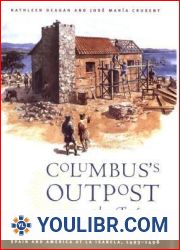
 49
49  3 TON
3 TON

